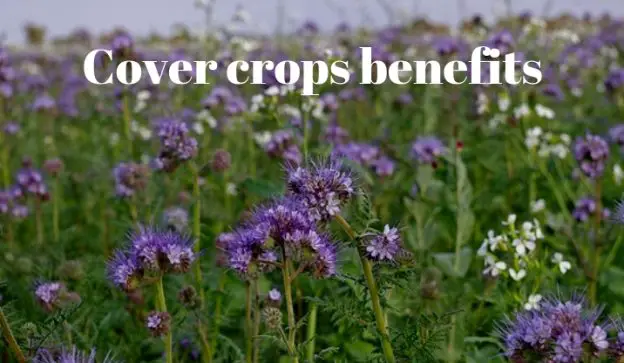I have had a few people ask me about cover crops, using cover crops is a good habit to get into. Using cover crops benefits your plot in many ways and will improve your yields as well.
Cover crops benefits
Growing cover crops benefits your garden by preventing soil erosion, wind and rain wash loose top soil from your plot. They soften the rains intensity before it reaches the soil and their roots save soil displacement. Some cover crops help to boost nutrients in the soil keeping it viable for next years plant growth.
Cover crops Definition
The free dictionary.com says a cover crop is “planted between main crops to prevent leaching or soil erosion or to provide green manure.”
How Do Cover Crops Work?
Using cover crops after lifting a heavy nutrient reliant crop will add nutrients to the soil and suppress weeds and save soil erosion. By keeping the bare soil covered you are not allowing weeds to take hold and also stopping the depletion of the top soil.
Best Cover crops
Traditionally farmers use leguminous plants like clovers, tares, vetches, lupins, and field beans, or rye. These are too much like hard work for the average gardener however as they are hard to eradicate and take too long to rot down when hoed into the soil.If you do wish to use the above however they can be killed off if you cover them in black plastic for a couple of months.
If you are planning on using cover crops on your plot, it’s best to consider the ones below.
List Of Cover Crops
Borage

This versatile herb attracts many pollinators including bees and hoverflies. Borage (Borago officinalis) is a dynamic accumulator and it’s deep roots bring many trace elements from the sub soil.
Miners Lettuce
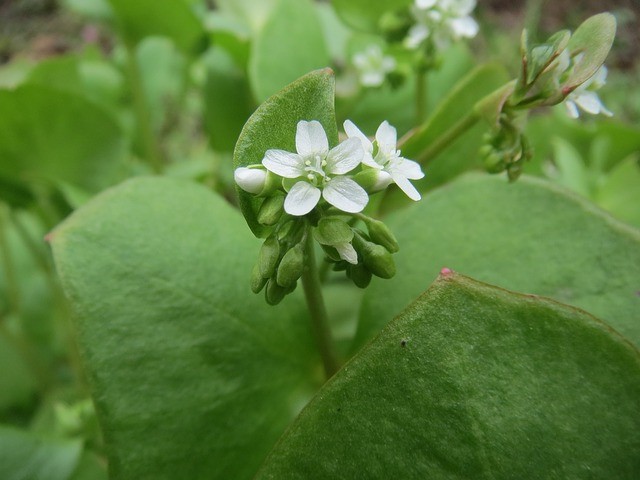
Miners lettuce (Claytonia perfoliata) also known as Winter purslane is often used as a cover crop and it is a good slug indicator. The leaves of miners lettuce turn pink when attacked by slugs and this makes it easy to spot slug damage. Slugs can then be removed by hand and dealt with.
Lambs Lettuce
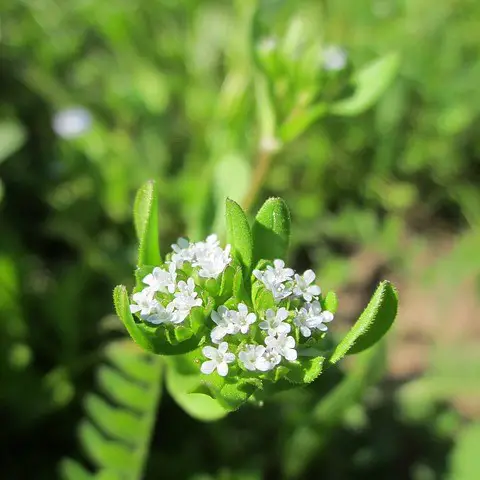
Also known as corn salad (Valerianella locusta) contains trace elements including iron and potassium.
Poached Egg Plants
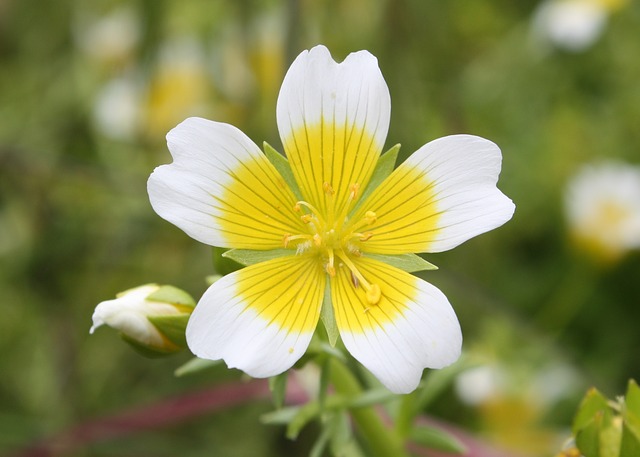
The poached egg plant (Limnanthes douglasii) also known as Douglas’ meadow foam has white flowers with yellow centres hence poached egg plants. Attracts hoverflies and bees to the garden and is a prolific seeder.
Buckwheat

Used as a Summer cover crop, buckwheat (Fagopyrum esculentum) is a member of the rhubarb family, it establishes itself quickly and suppresses Summer weeds. Grown as a cereal crop in many parts of the world Buckwheat has a deep rooting system. The roots bring many nutrients to the top soil including iron, zinc, and selenium.
White Mustard

Commonly grown as a cover crop, white mustard (Sinapis alba) can reduce nematode populations by between 70 – 90% and the late flowering varieties don’t set seed. Meaning it is not invasive and can easily be controlled.
Phacelia
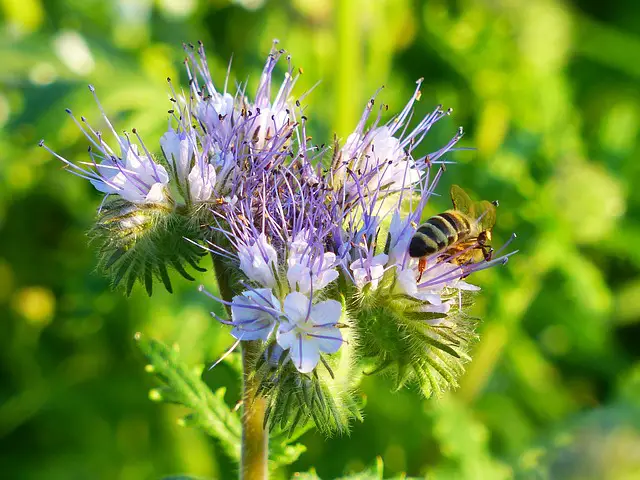
Sometimes called blue tansy phacelia (Phacelia tanacetifolia) attracts many bees and hoverflies. The name is derived from the Greek for bundle in reference to the way the flowers form in clusters.
Sweet Clover

commonly named for it’s sweet smell, sweet clover (Melilotus) will if turned into the soil increase nitrogen and organic matter. It is an annual plant and shouldn’t become invasive if hoed in before it flowers.
Alfalfa
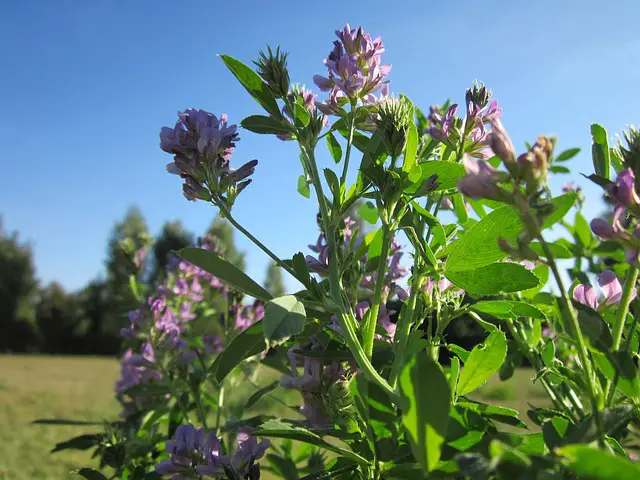
Also called lucerne, alfalfa (Medicago sativa) is widely grown as a fodder crop and is a member of the legume family. It has a deep root system and helps to improve nitrogen in the soil and prevent soil erosion.
Cover Crops For Gardens
All of the above plants can be used as cover crops in your garden and it’s a good practise to get into for soil preservation. As I said before cover crops also keep weeds down and they add nutrients to the soil. Cover crops are also called green manures.
Green Manures
An important part of organic gardening, green manures are cover crops left to wither and rot down or hoed down while still green. They are used to add depleted minerals to the soil to fortify it for following crops. Continuously taking nutrients from the soil isn’t sustainable and nor is leaving the soil bare for effectively a third of the year.
Green manures have many benefits including:-
- Increased organic content of the soil
- Increased nutrient availability
- Improved soil tilth
- Less weed growth
- Reduction of pests
- Increased biological activity in the soil
- Less soil erosion
Growing green manures is an ethically, effective, and sustainable way to increase the fertility and viability of your soil. Meaning your crops will have heavier yields and be less susceptible to disease.
Legume Cover Crops
Clovers are beneficial as they add nitrogen to the soil but as I said earlier they can be hard to get rid of. Leguminous cover crops as mentioned above add nitrogen to the soil.The average amount of nitrogen available to the following crop is between 40-60% of the nitrogen content of the green plants.

